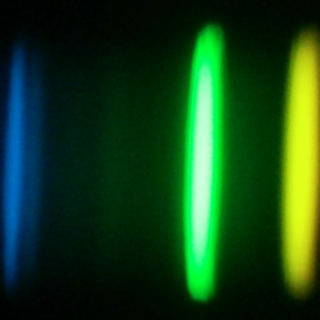Bibcode
Osorio, Y.; Lind, K.; Barklem, P. S.; Allende Prieto, C.; Zatsarinny, O.
Referencia bibliográfica
Astronomy and Astrophysics, Volume 623, id.A103, 17 pp.
Fecha de publicación:
3
2019
Revista
Número de citas
25
Número de citas referidas
24
Descripción
Context. Departures from local thermodynamic equilibrium (LTE) distort
the calcium abundance derived from stellar spectra in various ways,
depending on the lines used and the stellar atmospheric parameters. The
collection of atomic data adopted in non-LTE (NLTE) calculations must be
sufficiently complete and accurate. Aims: We derive NLTE
abundances from high-quality observations and reliable stellar
parameters using a model atom built afresh for this work, and check the
consistency of our results over a wide wavelength range with transitions
of atomic and singly ionised calcium. Methods: We built and
tested Ca I and Ca II model atoms with state-of-the-art radiative and
collisional data, and tested their performance deriving the Ca abundance
in three benchmark stars: Procyon, the Sun, and Arcturus. We have
excellent-quality observations and accurate stellar parameters for these
stars. Two methods to derive the LTE/NLTE abundances were used and
compared. The LTE/NLTE centre-to-limb variation (CLV) of Ca lines in the
Sun was also investigated. Results: The two methods used give
similar results in all three stars. Several discrepancies found in LTE
do not appear in our NLTE results; in particular the agreement between
abundances in the visual and infra-red (IR) and the Ca I and Ca II
ionisation balance is improved overall, although substantial
line-to-line scatter remains. The CLV of the calcium lines around 6165
Å can be partially reproduced. We suspect differences between our
modelling and CLV results are due to inhomogeneities in the atmosphere
that require 3D modelling.
Proyectos relacionados

Abundancias Químicas en Estrellas
La espectroscopía de estrellas nos permite determinar las propiedades y composiciones químicas de las mismas. A partir de esta información para estrellas de diferente edad en la Vía Láctea es posible reconstruir la evolución química de la Galaxia, así como el origen de los elementos más pesados que el boro, forjados principalmente en los interiores
Carlos
Allende Prieto